Are you planning to replace your attic insulation because it feels drafty during winter and like a furnace in summer? If so, you're likely wondering how much it would cost you. Well, you came to the right place. We researched this question and have the answer for you right here.
To get an estimate of the cost to replace existing attic insulation, you need the removal and the installation cost. The price for basic insulation removal ranges between $1 to $2 per square foot. The basic installation cost for insulation ranges between $1 to $7 per square foot.
Keep in mind, however, that several variables can drive the final cost of removal and installation, and knowing what these variables are is important to get a better estimate of the final cost. We have detailed information on the different factors or variables that can drive your cost up or down in the following sections. Just keep reading!
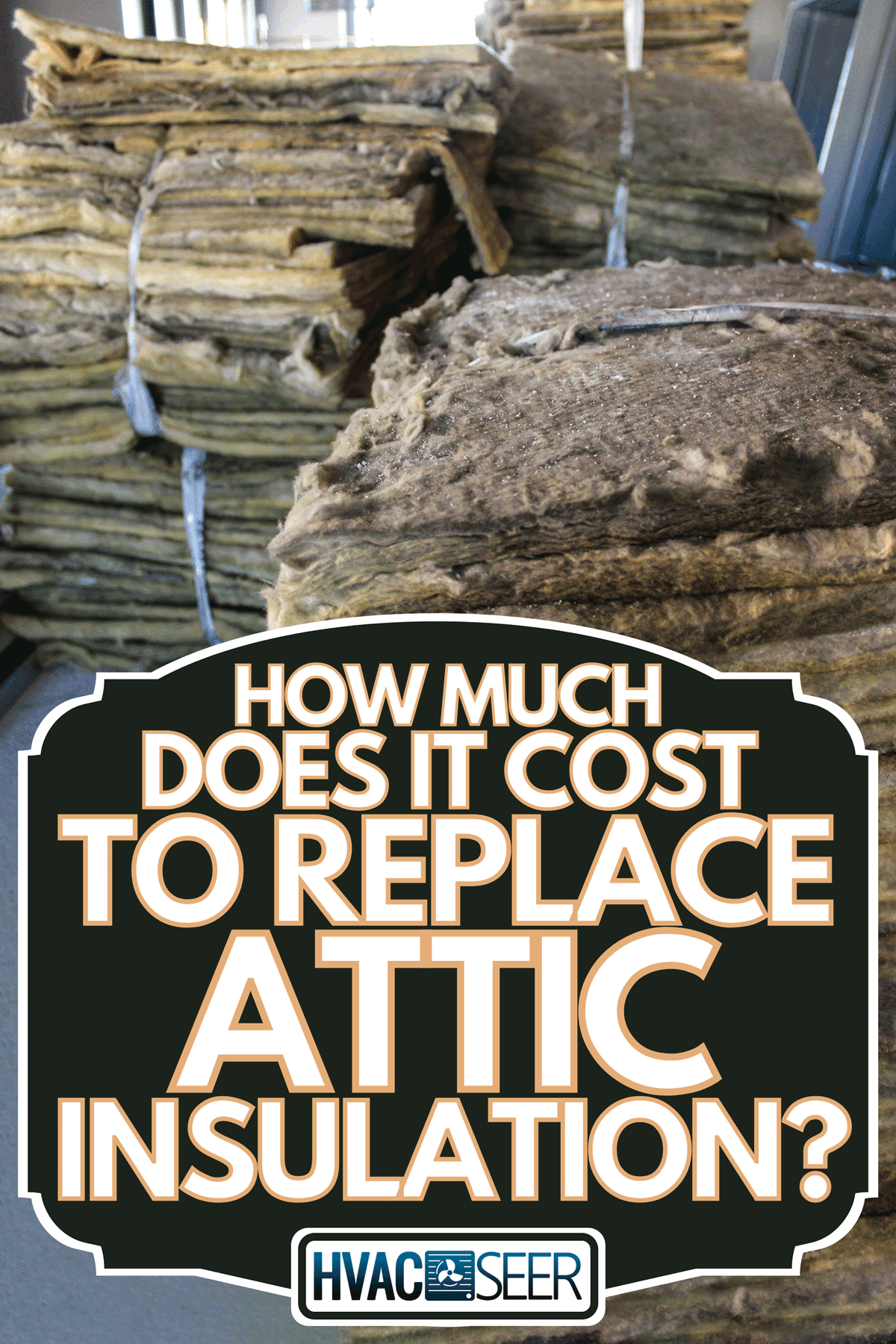
Is it always better to remove old insulation before installing new insulation?
The first step to replacing the attic insulation is to remove the existing insulation. However, there are situations where it might be better to install over existing insulation. And the reasons for this are not always based on the cost.
In this section, we will talk about the different factors that you need to consider before you decide whether to remove or to keep your existing attic insulation.
reasons why existing insulation should not be removed
Inspect the existing insulation. If it doesn’t have any water damage, any rodent infestation, or visible signs of mold growth, then existing insulation can still be used.
In this case, adding insulation to the existing insulation would be the best approach. Some types of insulation, like blown-in insulation, settle after some time, and it is necessary to add more once it settles.
reasons why removing existing insulation might be a good idea
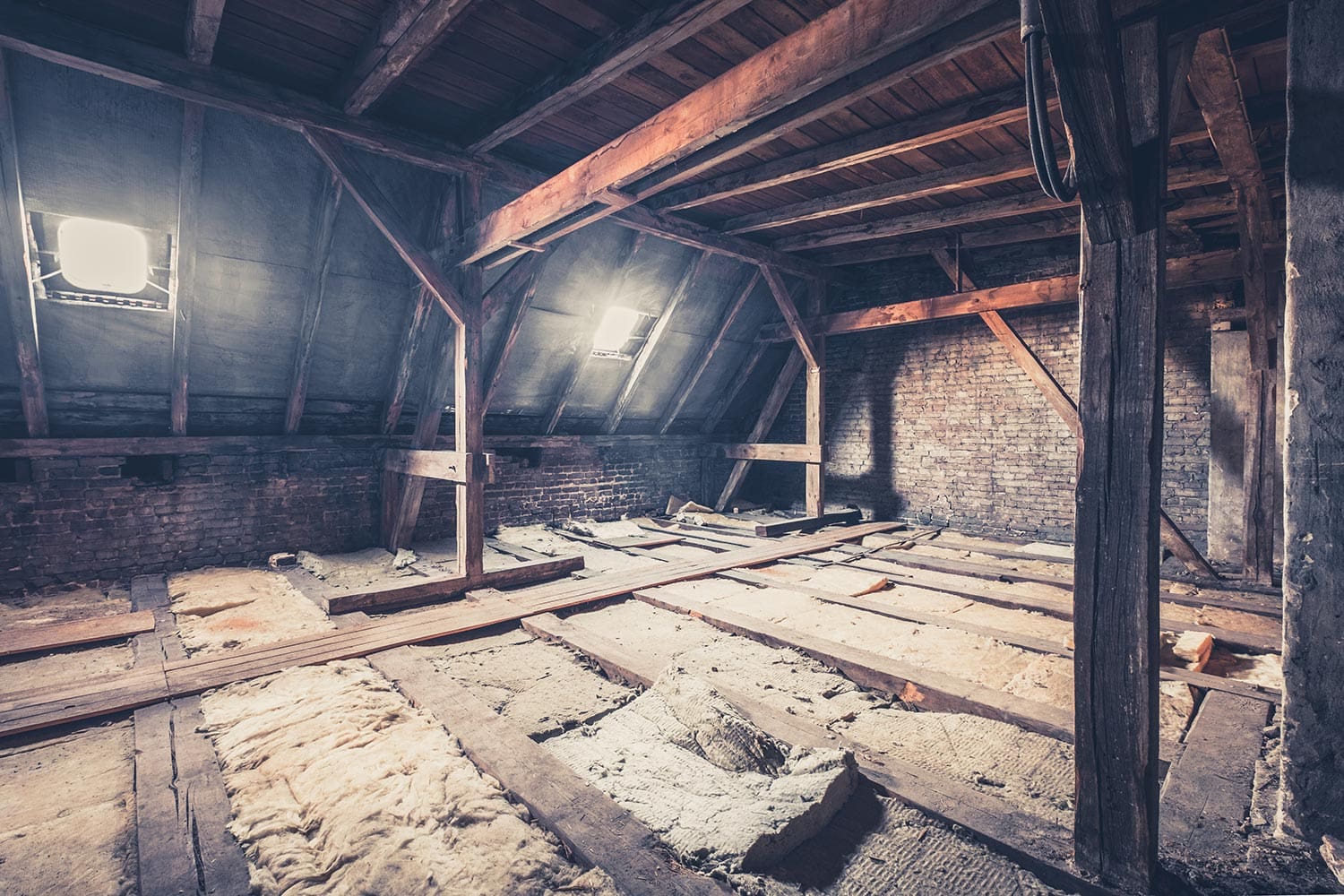
Any evidence of rodent and insect infestation is a sign that the existing insulation should be removed. Another reason would be signs of water leaks and the presence of mold.
Removing existing insulation is important in these situations so that you can address these problems before new insulation is installed. Without addressing these problems, you’d simply have the same problems with the new insulation once it is installed.
Another reason why it is a good idea to remove old insulation is if there is wood rot present anywhere in the attic. The damage should be fixed, and the cause should be addressed before new insulation is installed.
In older homes, insulation installed before the 1980s has the possibility of containing asbestos. This is another reason for removing older insulation (in this case, not only from the attic) and replaced with new and safer insulation.
If you plan to install spray foam insulation, then it is a good idea to remove all the old insulation. This is important so that the attic space can be better prepared for the installation of spray foam.
Can I remove the old insulation myself?
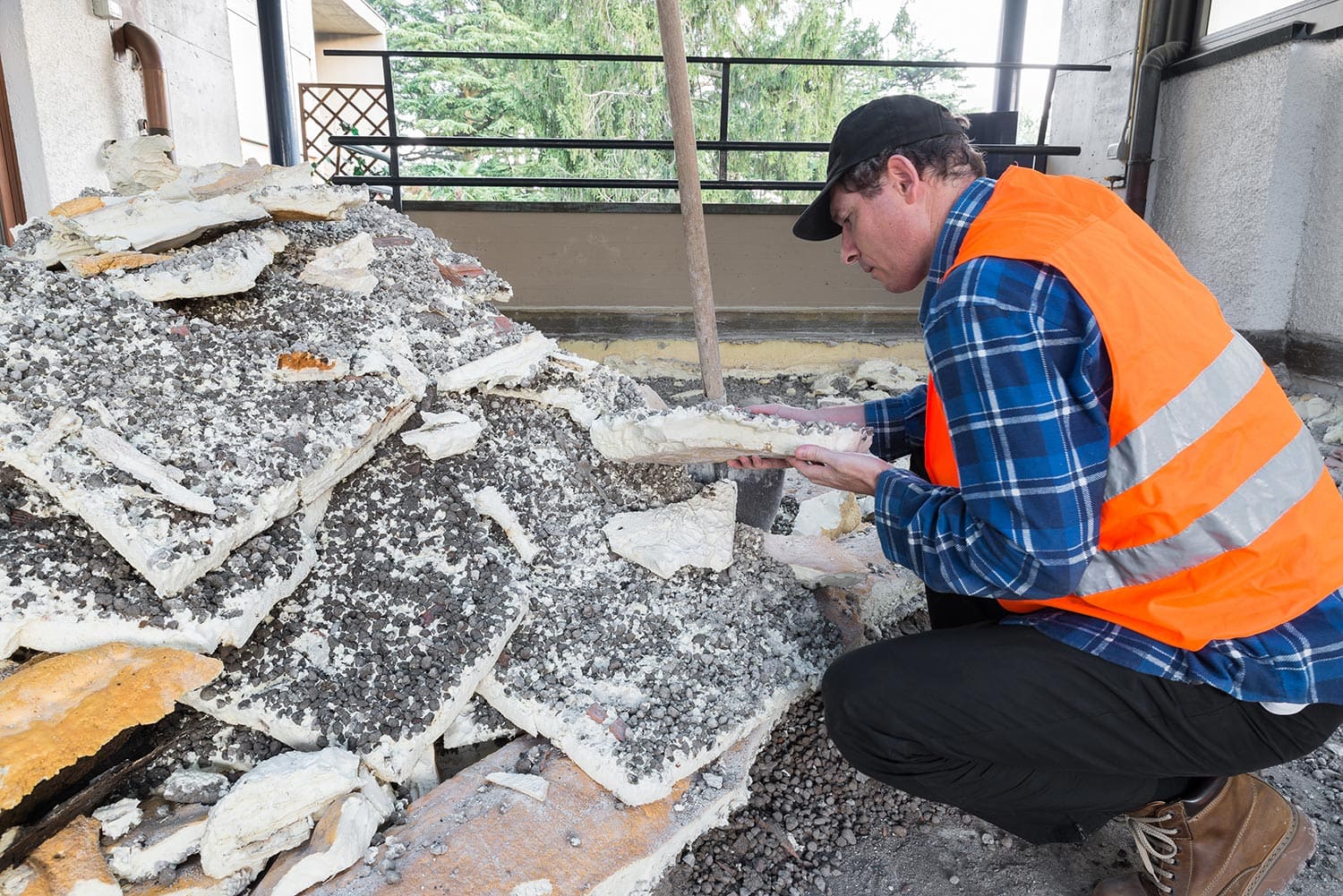
In some areas, it is possible to rent the equipment needed to remove old insulation like blown-in insulation. If you have the necessary safety equipment and you follow all the safety precautions of removing old insulation (and disposal afterward), then you can do it yourself.
When not to remove old insulation yourself
If you see, smell, or suspect the presence of any animal or insect infestation in your attic, then the removal of old insulation is best handled by a professional. This will allow them to fix the issue after removing the old insulation.
Moisture and mold
Any sign of moisture, water leaks, mold, or mildew is also a sign that the removal should be handled by a professional. They will be able to determine if the moisture is from a leak or from condensation buildup.
In either case, they will know what should be done to address the problem before installing the new insulation.
Old pre-80s insulation
If the old insulation that you need to remove was installed before the 1980s, then be on the safe side and have a professional remove the insulation. As we mentioned earlier, insulation installed before the 1980s likely contains asbestos.
Insufficient space
If your attic is cramped and has limited space to work in, then it is best to let professionals handle it. They should have tools and techniques to work even in very limited spaces.
Too much equipment
If your attic has a lot of equipment installed in it, then it is best to let professionals handle the removal. They would know how to properly install insulation around wiring, ducts, pipes, equipment, etc.
Any equipment installed in the attic increases the chance of improperly installed insulation. Professional installers should know how to work around these conditions to install your insulation properly despite the presence of equipment.
What to prepare before installing new insulation
Here are some of the important things that you need to do to prepare your attic for the installation of new insulation. This assumes that you’ve removed any old insulation in the attic. Additionally, some of these things add to the total cost of replacing attic insulation.
Cleaning and clearing
It is important to clean your attic to get rid of any items that you are storing there. This is necessary to make it easy to access the areas that you need to insulate.
Cleaning is also important to get rid of any animal droppings that might be in the attic before you insulate it.
Seal air leaks
Check for air leaks and seal them. Removing old insulation allows you to check for air leaks while the attic surface is exposed.
This is an important preparatory step because air leaks reduce the effectiveness of your insulation. Use caulk or expanding spray foam to seal air leaks. Small leaks are best sealed with caulk, while large leaks should be handled by expanding spray foam.
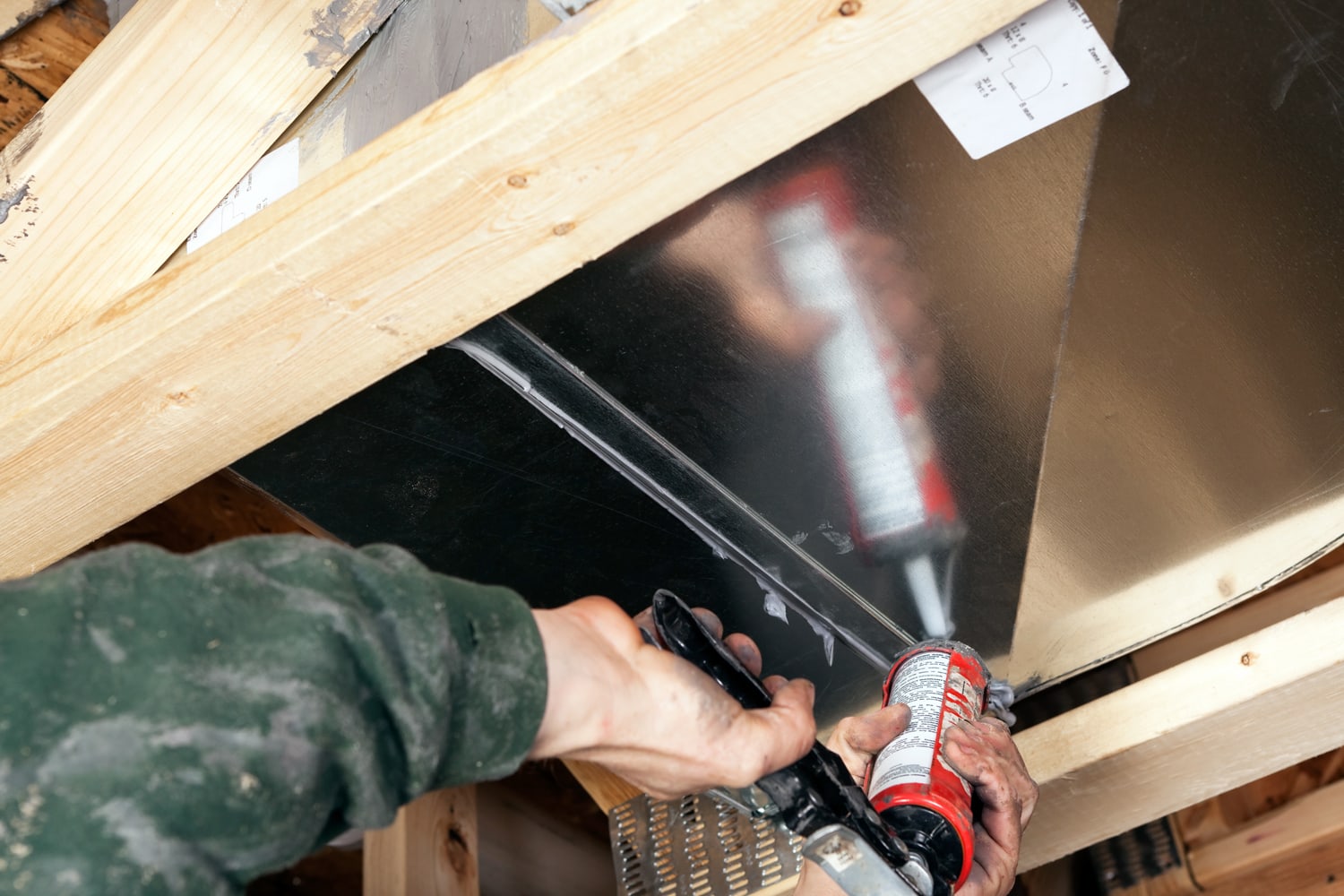
Check the areas around windows, pipes, ducts, and chimneys. Holes where electrical wires and equipment pass through should be sealed with fire-retardant caulk or fire-rated spray foam.
Click here to see this 3M Fire Block Foam on Amazon.
Check here to see this high heat mortar on Amazon.
Check for water leaks

In addition to air leaks, it is also important to look for water leaks in the roof and seal them. Water reduces the effectiveness of insulation. Moreover, water leaks lead to mold and mildew growth.
Look for water stains, damp areas, and check the surface for any missing or damaged shingles.
Isolate the vents
If you’re installing new insulation to turn your attic into a livable space, you will need to isolate the vents so that they will not get sealed or covered before you install the insulation. This is important to allow your roof to breathe.
If you have old vent insulation installed, check if they are still usable. Some baffle vents are made of rigid cardboard that can be damaged by water leaks or chewed on by rodents and insects.
Isolate light fixtures
Isolating light fixtures is important so that they will not come in contact with insulation that is not fireproof. Create a 3-inch gap between the insulation and light fixtures using metal or wood.
Check exhaust fans
Some exhaust fans can be switched to blow air in either direction. If you’re using an exhaust fan in your attic, make sure that it is blowing outward.
Humid air from outside could accumulate inside your attic if your exhaust fan blows air into your attic. This can create condensation which is bad for your insulation and could promote the growth of mold and mildew.
Cover electrical boxes
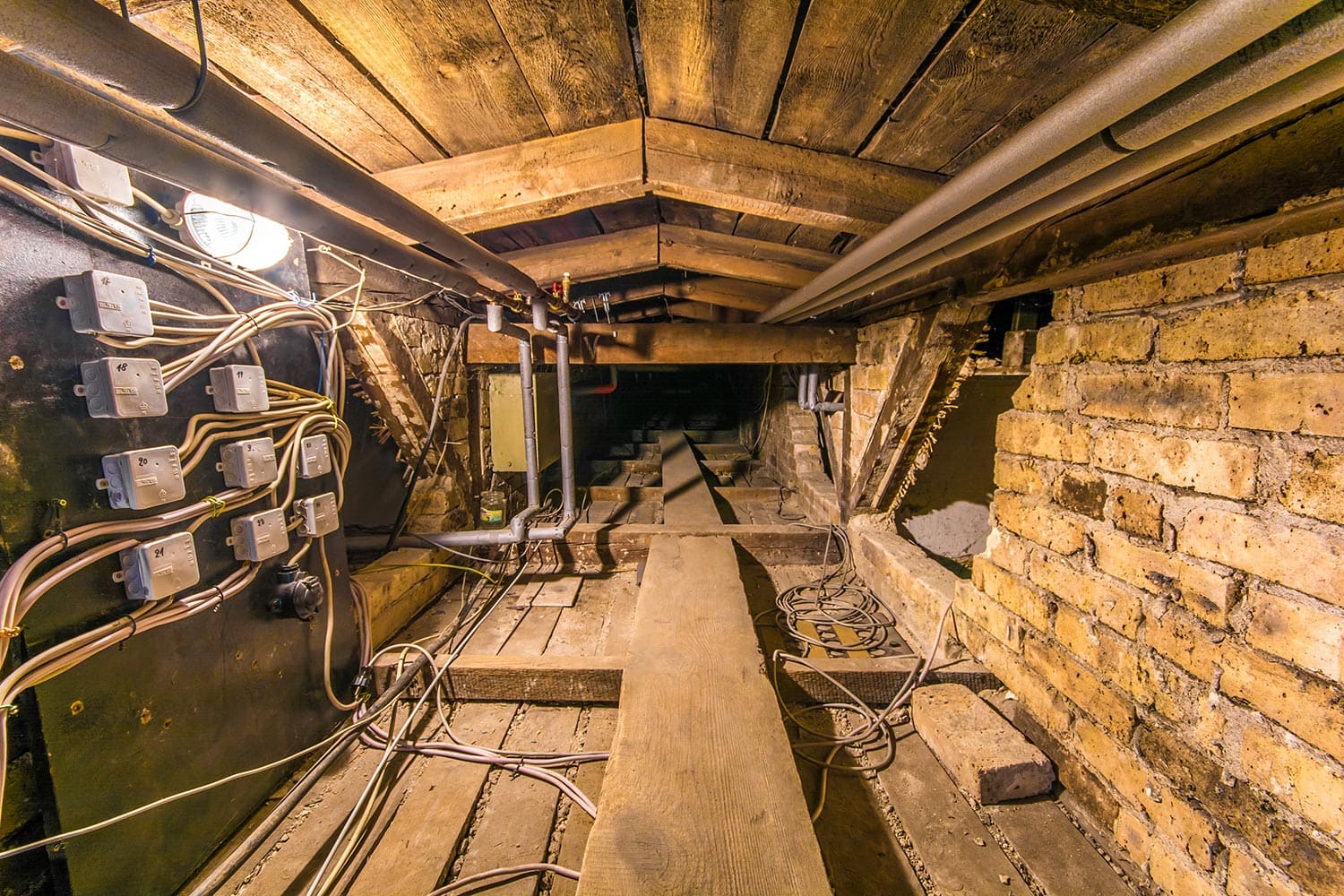
Electrical boxes in the attic should be covered with metal or plastic. The cover should be proportionate to the size of the electrical box.
How much insulation should I put in my attic?
The amount of insulation you need is based on the R-value that is required for your location. R-38 is recommended for most southern climates while R-49 is the recommended insulation level for northern climates.
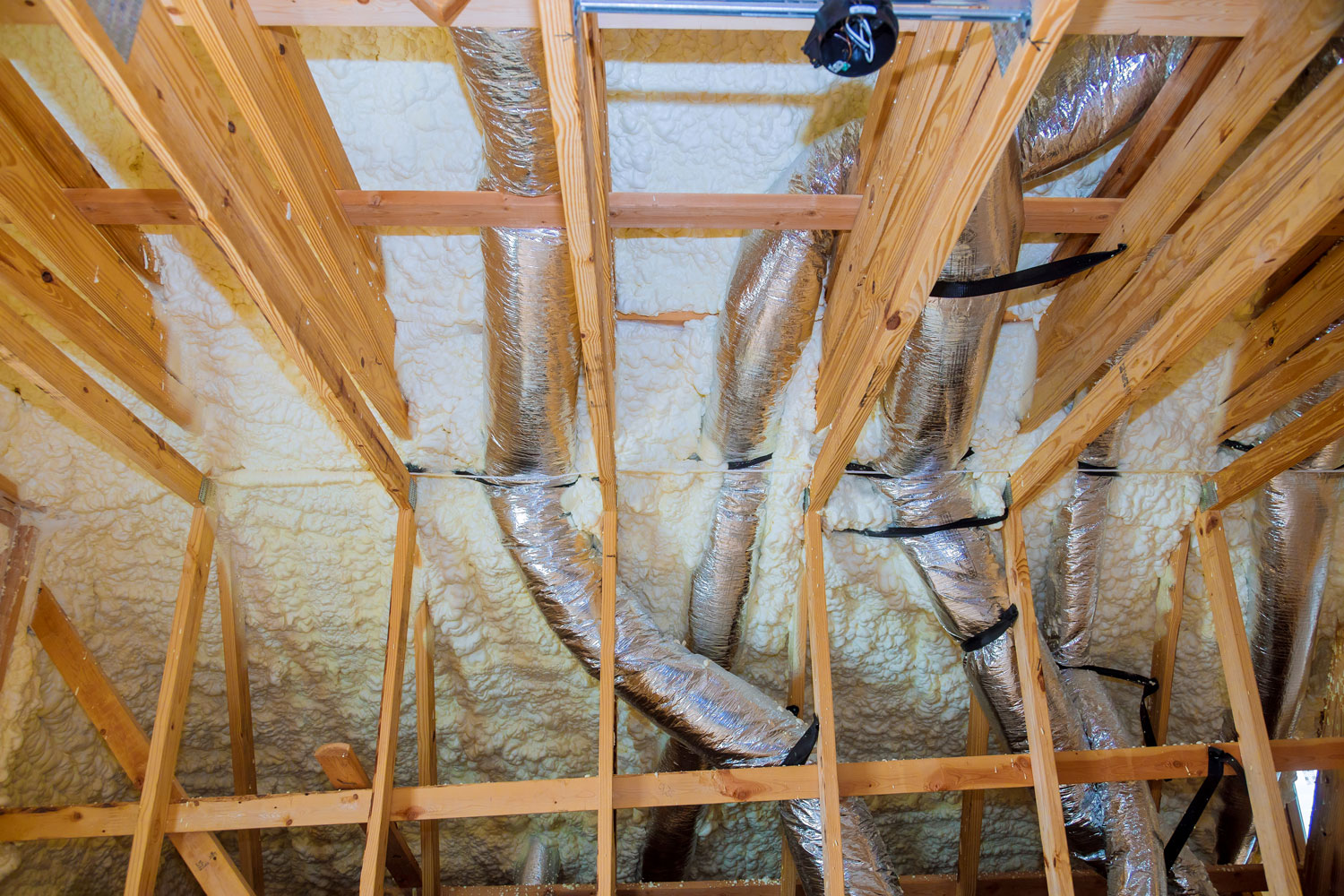
Specific attic insulation recommendations
For more specific values, find out which climate zone live in, then use the information below as a reference for specific R-values for your attic:
- Zone 1: R-30 to R-49
- Zone 2: R-30 to R-60
- Zone 3: R-30 to R-60
- Zone 4: R-38 to R-60
- Zone 5: R-38 to R-60
- Zone 6: R-49 to R-60
- Zone 7: R-49 to R-60
- Zone 8: R-49 to R-60
In Closing
The cost of replacing existing attic insulation is the combined cost of removing and installing new insulation. The total cost is dependent on some factors like the type of insulation and the total area of the attic.
If you found this article informative, be sure to check out these others:


